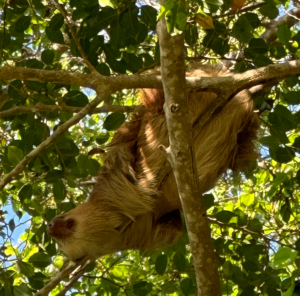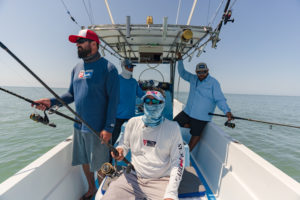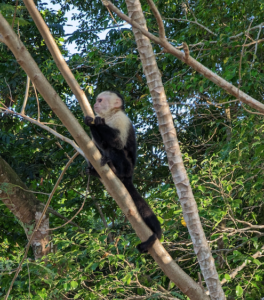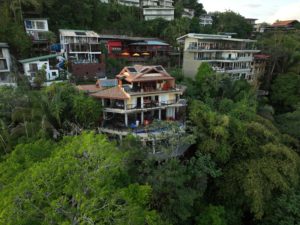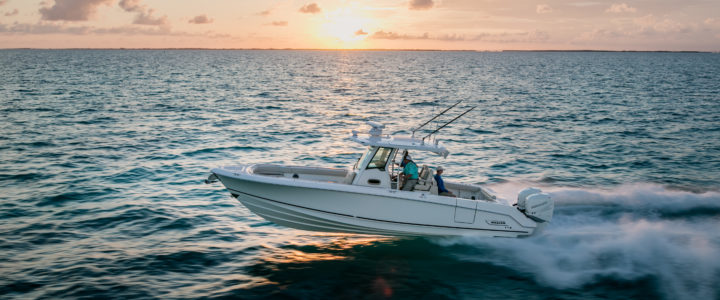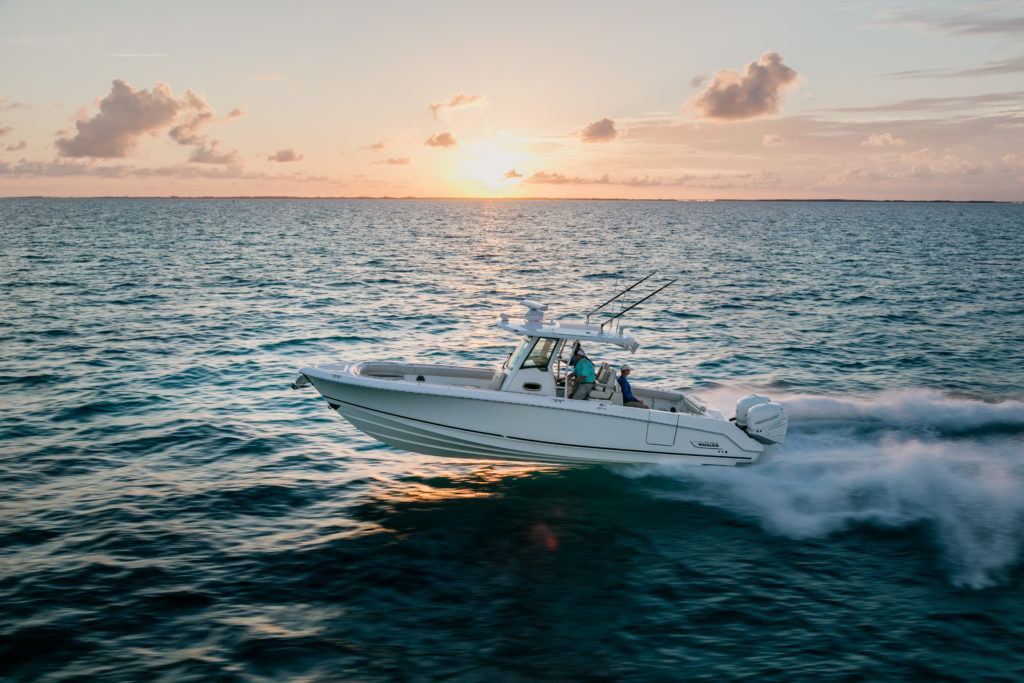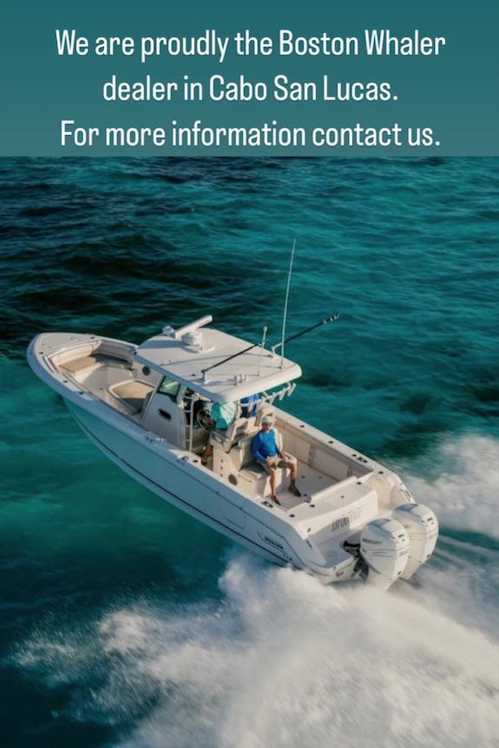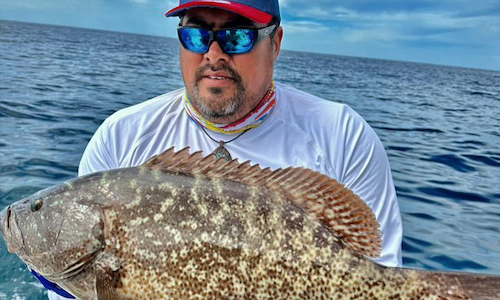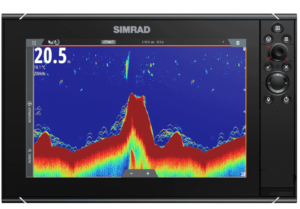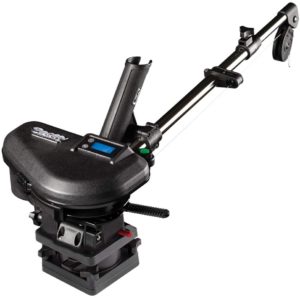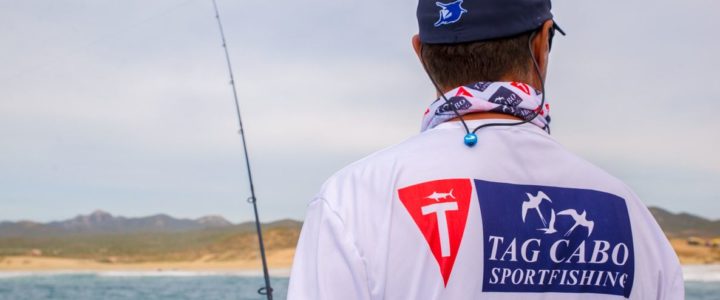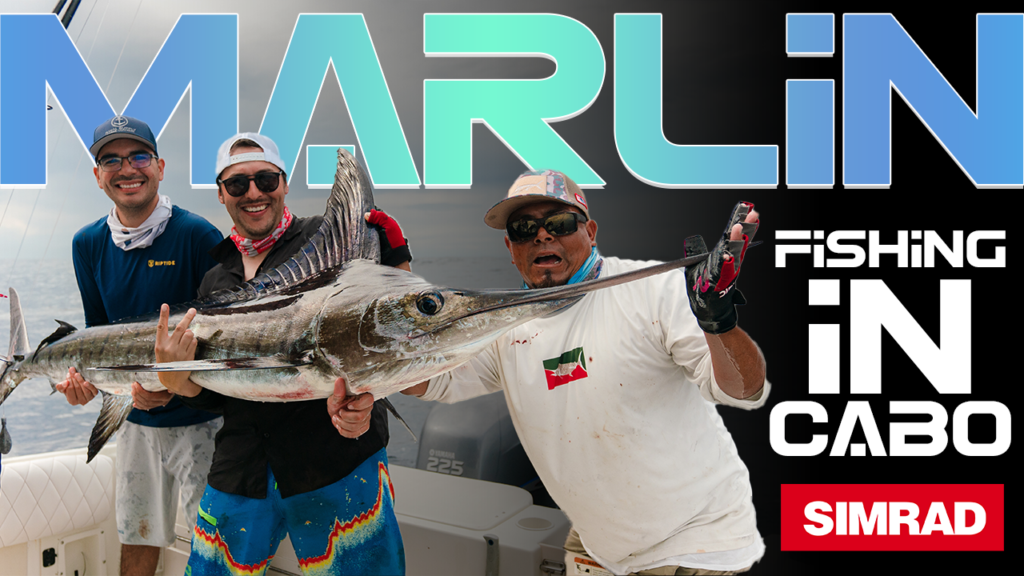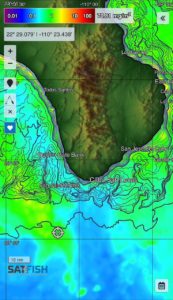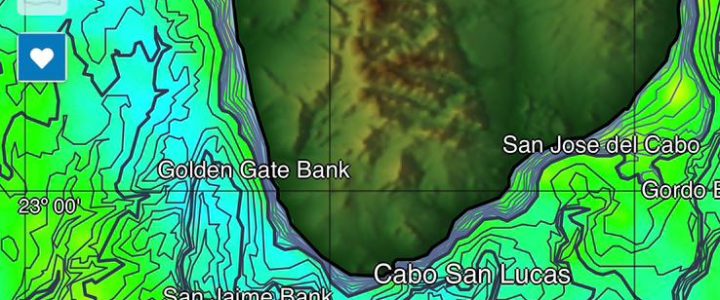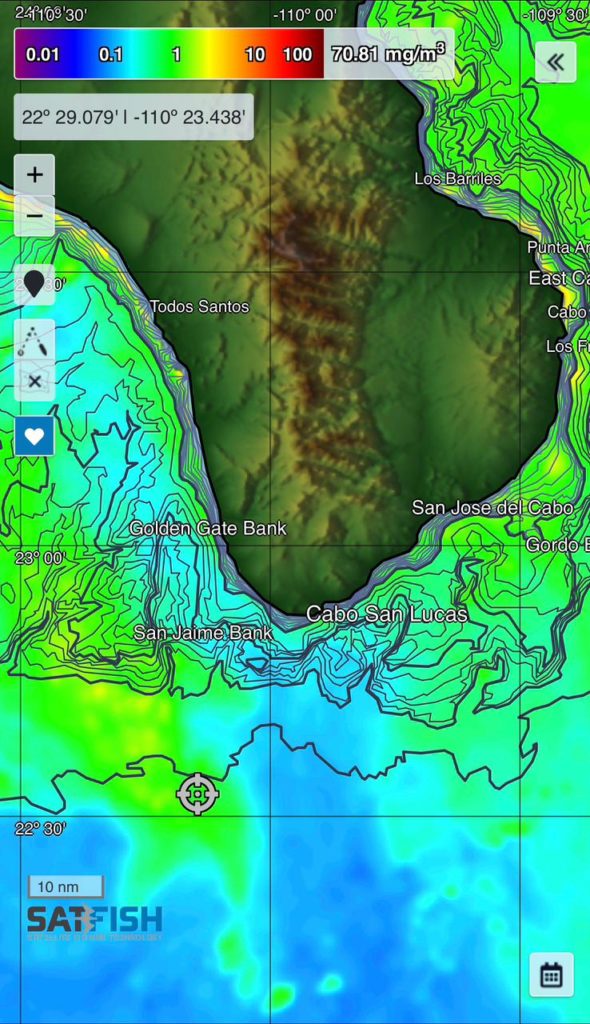Cabo San Lucas is a beautiful coastal town located at the southern tip of the Baja California peninsula in Mexico. Known for its pristine beaches, crystal-clear waters, and abundant marine life, Cabo San Lucas is a haven for fishing enthusiasts from all over the world. While there is no bad time to fish in Cabo San Lucas, some seasons are better than others depending on the type of fish you are targeting. In this article, we will discuss the best seasons to fish in Cabo San Lucas and what you can expect to catch during those times.
Overview of Fishing in Cabo San Lucas
Before diving into the best seasons to fish in Cabo San Lucas, let’s take a quick overview of the types of fish you can catch in this area. Cabo San Lucas is famous for its big game fishing, and anglers come here to target trophy fish such as marlin, sailfish, dorado, and tuna. Besides big game fish, you can also catch smaller species such as roosterfish, snapper, grouper, and yellowtail.
Cabo San Lucas is known for its year-round fishing opportunities, thanks to its location in the warm waters of the Sea of Cortez and the Pacific Ocean. You can find different species of fish in Cabo San Lucas waters, depending on the season and the water temperature. The best time to fish in Cabo San Lucas is during the summer and fall months when the water is warmer and the big game fish are more abundant.
Best Seasons to Fish in Cabo San Lucas
The fishing season in Cabo San Lucas is divided into three main seasons: summer, fall, and winter. Each season offers different types of fish and fishing opportunities. Let’s take a closer look at the best seasons to fish in Cabo San Lucas.
Summer Season (June to September)
Summer is the peak season for fishing in Cabo San Lucas. The warm waters of the Sea of Cortez and the Pacific Ocean attract a wide variety of fish, including marlin, sailfish, tuna, dorado, wahoo, and roosterfish. The water temperature in the summer ranges from 80°F to 85°F, which is ideal for big game fish.
The summer season is also the best time to participate in big game fishing tournaments, which are held throughout the season. These tournaments attract anglers from all over the world, and they offer a chance to compete for large cash prizes and bragging rights.
During the summer season, you can catch blue marlin, black marlin, and striped marlin in the waters around Cabo San Lucas. The black and blue marlin are the most prized catches, and they can weigh up to 1000 pounds or more. Sailfish and dorado are also abundant during the summer season, and they can provide a thrilling fishing experience.
Tuna is another popular target during the summer season, and you can catch yellowfin, skipjack, and bigeye tuna in the waters around Cabo San Lucas. These fish can weigh up to 300 pounds or more, and they provide an excellent fight for anglers.
Roosterfish is a popular inshore species that can be caught year-round, but they are particularly abundant during the summer months. These fish can be caught on live bait or artificial lures and provide an exciting fishing experience.
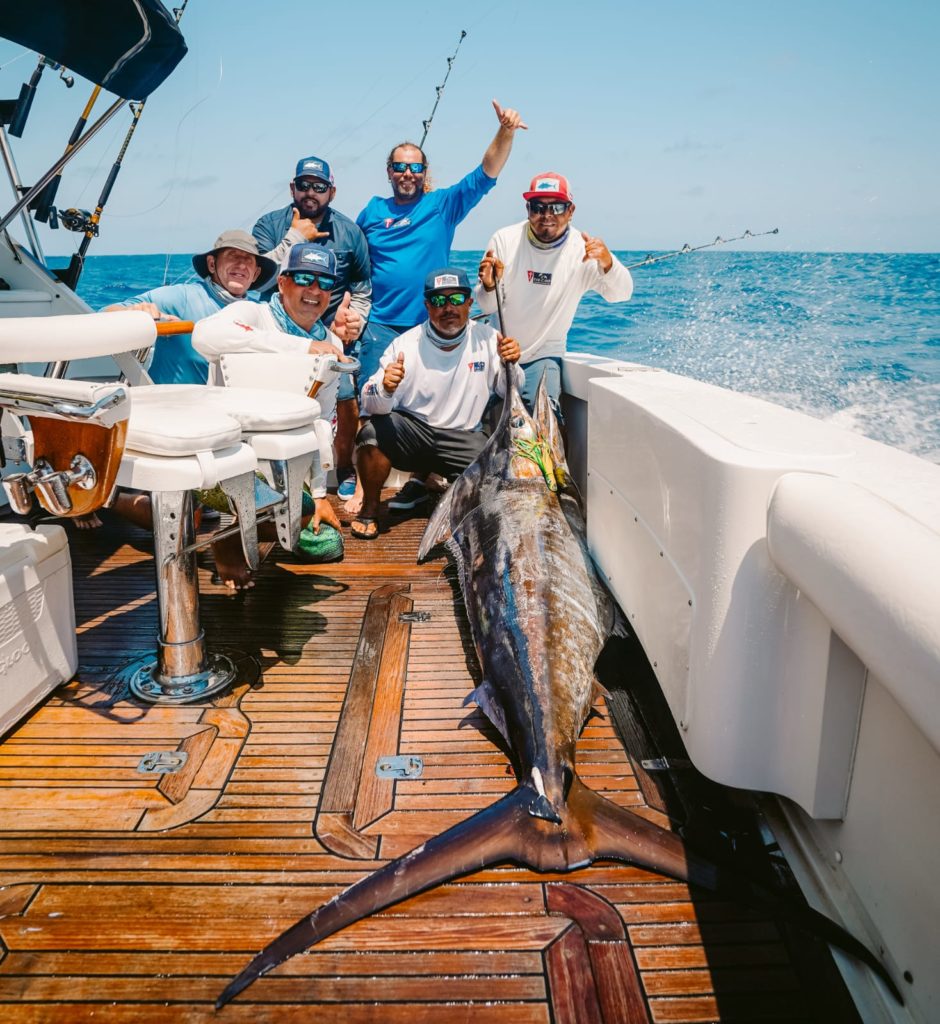
Fall Season (October to November)
The fall season in Cabo San Lucas is a great time to fish for big game fish. The water temperature begins to drop, which means that the fish start to move closer to shore. This makes it easier for anglers to target these fish without having to go too far out into the ocean.
During the fall season, you can catch marlin, sailfish, dorado, tuna, and wahoo. The water temperature ranges from 75°F to 80°F, which is still warm enough to attract big game fish.
Marlin is the most popular target during the fall season, and you can catch both blue and black marlin in the waters around Cabo San Lucas. These fish can weigh up to 500 pounds or more and provide an incredible fight for anglers.
Sailfish and dorado are also abundant during the fall season, and they can be caught using live bait or artificial lures. Tuna and wahoo are less common during the fall season, but they can still be caught if you know where to look.
In addition to big game fish, the fall season is also an excellent time to target inshore species such as roosterfish, snapper, and grouper. These fish can be caught using a variety of techniques, including live bait, artificial lures, and fly fishing.
Winter Season (December to May)
The winter season in Cabo San Lucas is the least popular time to fish, but it can still offer excellent fishing opportunities for anglers who are willing to brave the cooler waters. The water temperature during the winter season ranges from 70°F to 75°F, which is cooler than the summer and fall seasons.
During the winter season, you can catch yellowtail, sierra, and snapper in the waters around Cabo San Lucas. Yellowtail is a popular target during the winter season, and they can be caught using live bait or jigs. These fish can weigh up to 30 pounds or more and provide a great fight for anglers.
Sierra is another inshore species that can be caught during the winter season. These fish are known for their sharp teeth, which can make them a challenge to catch. Sierra can be caught using live bait or artificial lures, and they provide an exciting fishing experience.
Snapper is also abundant during the winter season, and you can catch a variety of species such as red snapper, yellowtail snapper, and pargo. These fish can be caught using live bait or jigs and provide a delicious meal for anglers.
Conclusion
Cabo San Lucas is a fishing paradise that offers year-round fishing opportunities for anglers of all skill levels. While there is no bad time to fish in Cabo San Lucas, the best seasons to fish are during the summer and fall months. During these seasons, you can target big game fish such as marlin, sailfish, dorado, and tuna, as well as inshore species such as roosterfish, snapper, and grouper.
The winter season in Cabo San Lucas is less popular for fishing, but it can still offer excellent opportunities for anglers who are willing to brave the cooler waters. During the winter season, you can target inshore species such as yellowtail, sierra, and snapper.
Regardless of the season, Cabo San Lucas offers some of the best fishing in the world. With its beautiful beaches, crystal-clear waters, and abundant marine life, it’s no wonder that Cabo San Lucas is a top destination for fishing enthusiasts from all over the world.
To book your next fishing adventure in Cabo San Lucas or Quepos Costa Rica, contact tagcabosportfishing.com today. Our experienced team of captains and crew is dedicated to providing you with an unforgettable fishing experience, whether you’re a seasoned angler or a beginner.
With a fleet of well-maintained boats, top-of-the-line equipment, and a range of fishing techniques, tagcabosportfishing.com is the premier fishing charter in Cabo San Lucas and Quepos Costa Rica. From deep sea fishing for marlin and tuna to inshore fishing for roosterfish and snapper, they have the expertise and equipment to help you catch the big one.
So why wait? Contact tagcabosportfishing.com today to learn more about their fishing trips, pricing, and availability. With flexible scheduling and a commitment to customer satisfaction, they’ll work with you to plan the perfect fishing adventure. Don’t miss your chance to experience the thrill of fishing in some of the most beautiful and exciting destinations in the world. Contact tagcabosportfishing.com now and start planning your next fishing trip. tagsportfishing@gmail.com

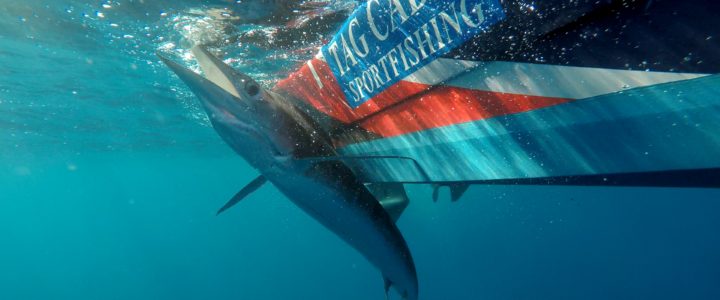
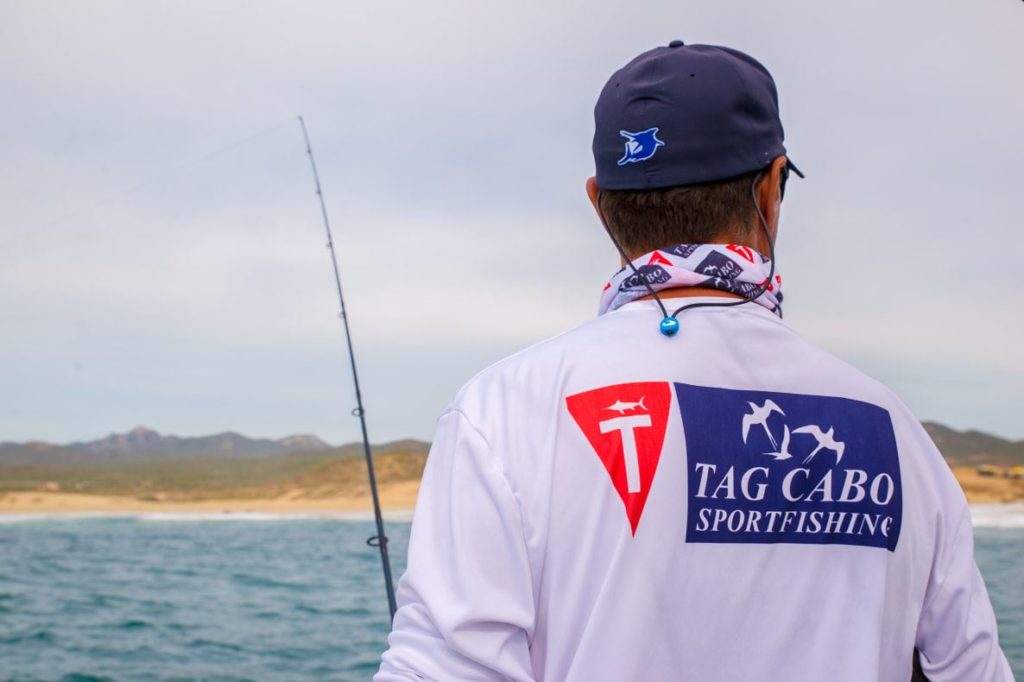
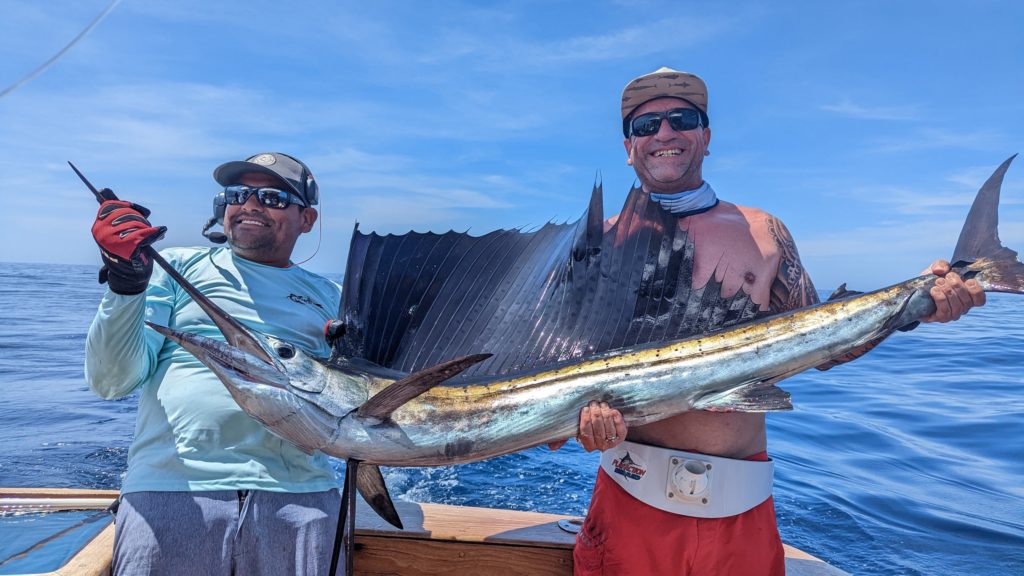
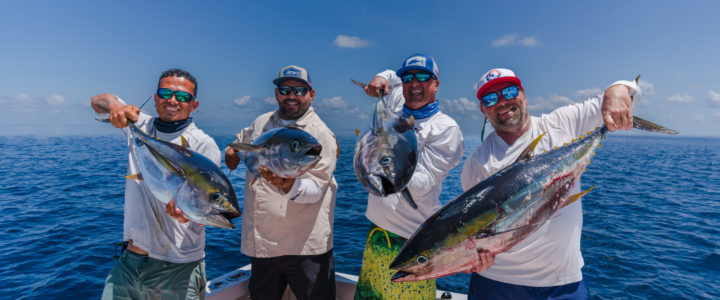
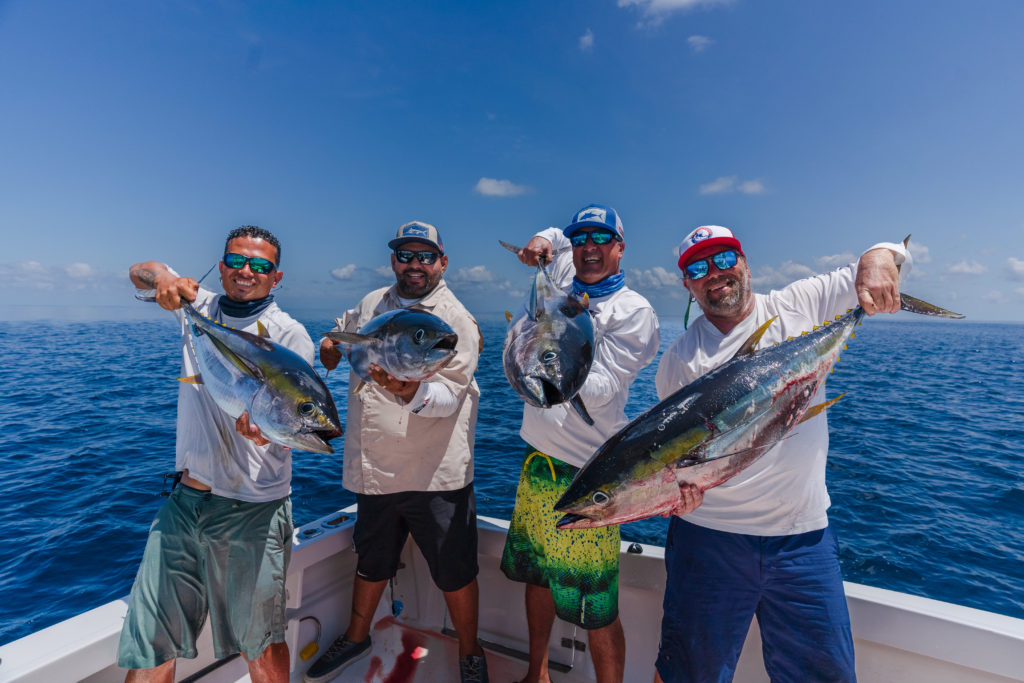

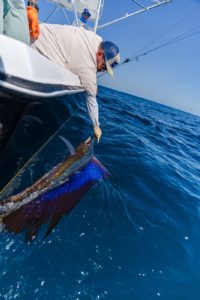
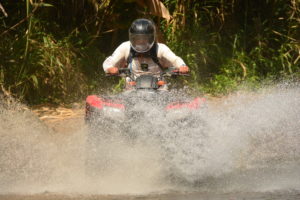 The fourth day was a bit slower with only 2 snappers and a few needlefish. However, this allowed Us to appreciate the scenic views of the shoreline and experience a more relaxed pace of fishing.
The fourth day was a bit slower with only 2 snappers and a few needlefish. However, this allowed Us to appreciate the scenic views of the shoreline and experience a more relaxed pace of fishing.